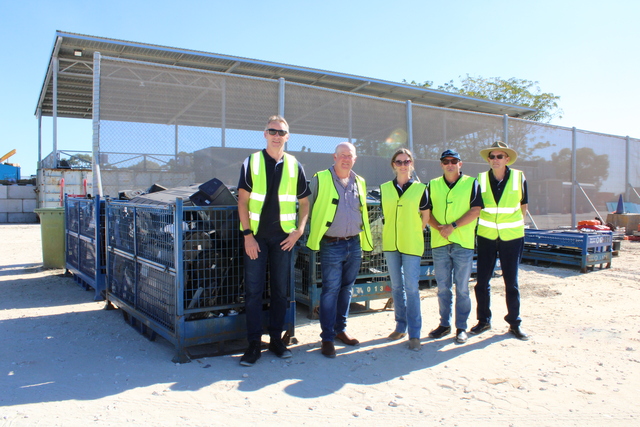The highly successful Roads to Recovery programme is continuing as part of a $2 billion funding boost for transport infrastructure, especially in regional and outer metropolitan areas. The recent announcement was made jointly by the Deputy Prime Minister and Minister for Transport and Regional Services, John Anderson, and the Minister for Local Government, Territories and Roads, Senator Ian Campbell.
The news has been widely welcomed, with the Australian Local Government Association describing the announcement as a “boon for Australia [that] will help Councils continue to address road maintenance problems that have been dogging Local Government for decades.”
The recent review of the programme demonstrated that Roads to Recovery has been extremely worthwhile in assisting local Councils to reduce the backlog of local roads’ needs. $200 million a year will be allocated by formula, as at present, for local roads over the four years, 2005-06 to 2008-09, following the end of the current Roads to Recovery Programme.
In addition, the package includes $100 million a year to be directly available to Councils to undertake local land transport infrastructure projects of strategic regional importance. Examples might include upgrading a tourist route through several Council areas, or upgrading local infrastructure to serve developing industries such as timber plantations.
“Developing new industries often depends on the ability to provide good infrastructure and many country local councils are not in a position to generate the necessary capital,” the Deputy Prime Minister said.
The funding will reward strategic and collaborative planning approaches between Councils, local industries and communities. Both ministers stressed that the Australian Government would work with the Australian Local Government Association and others in the sector to refine the new arrangements for Roads to Recovery in the coming months.
Senator Campbell also said equitable funding distribution across the states and territories would be examined.
“Minimising the exposure of Local Government and the Australian Government to cost shifting by State Governments will also be of critical importance,” Senator Campbell said.
Another component of the package is the decision to cease grants under the Fuel Sales Grants Scheme (FSGS) from 1 July 2006. The Fuel taxation Inquiry in 2002 concluded that the Fuel Sales Grants Scheme was not working to the best advantage of regional consumers. Therefore the Government has decided that a better approach to lowering transport costs is to build more reliable land transport links, that through efficiency savings, will result in less fuel used.
The savings from winding up the FSGS – some $265 million in 2006-07 and $810 million from 2006-07 to 2008-09 – will be committed to improving our transport infrastructure in outer metropolitan, rural and remote areas. The ACCC will continue its current practice of informally monitoring fuel prices, including in rural and remote areas.
The $2 billion land transport package is in addition to the core funding for the first five year AusLink National Land Transport Plan proper, commencing in 2004–05, which will be announced in the 2004–05 Budget context. The AusLink White Paper will also be released around that time. AusLink is the Australian Government’s answer to the challenges that lie ahead for Australia’s land transport network. It will improve our network by integrating the rail and road networks. It will reduce congestion and make transport safer. Detailed information about the programme and how funds can be accessed will be provided in future issues of National Perspective.
More information about Roads to Recovery is available on the Department of Transport and Regional Services website at www.dotars.gov.au







